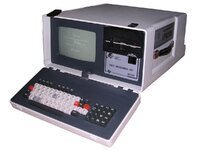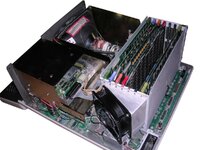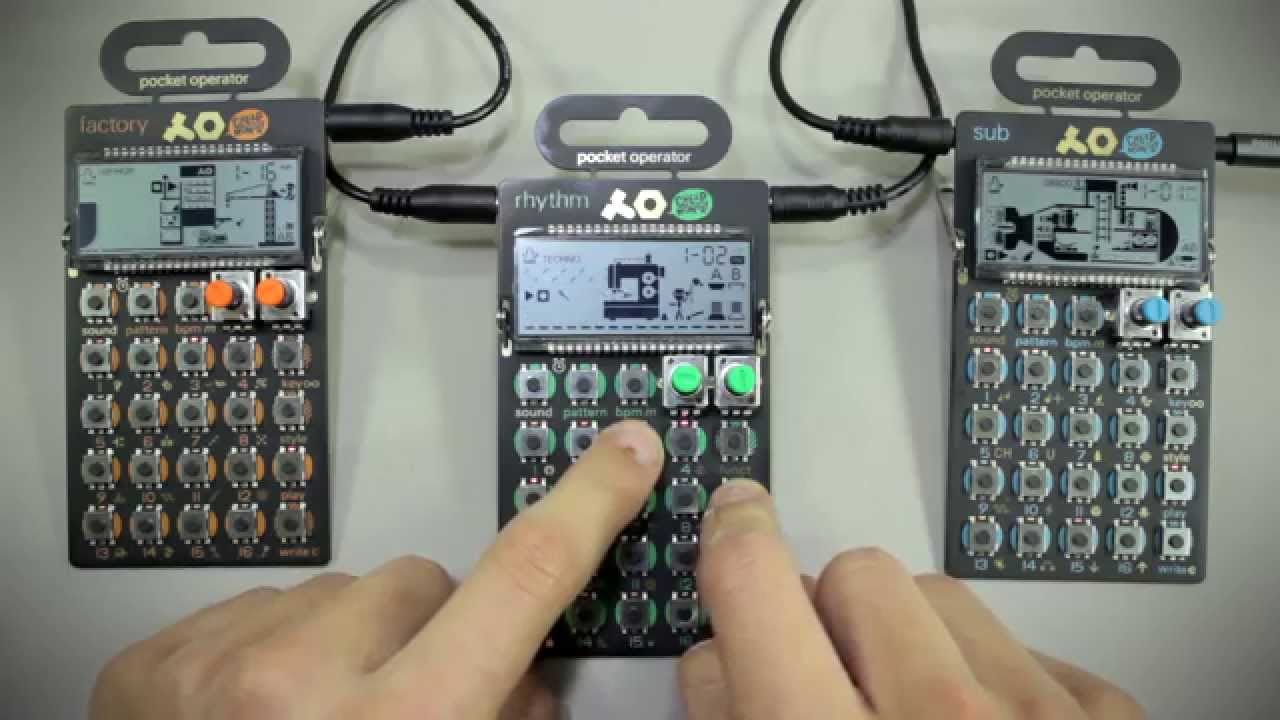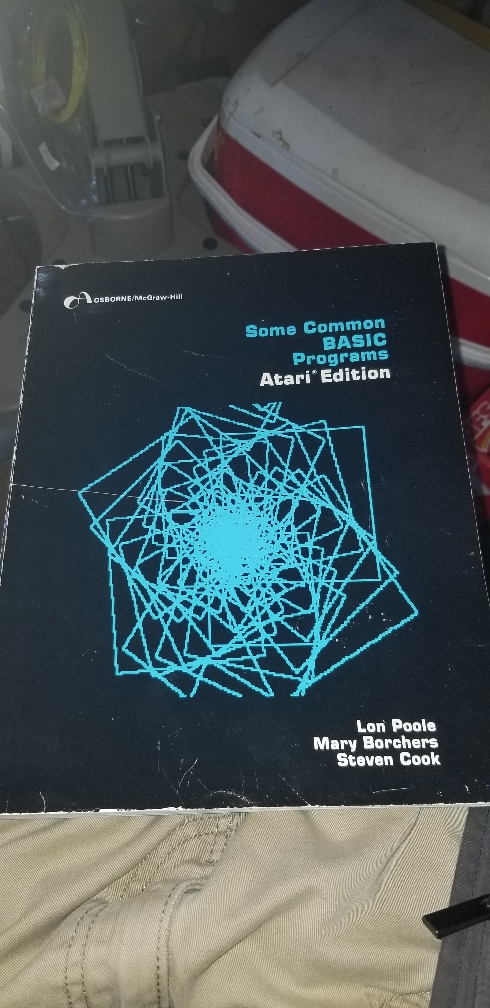Generally I don't have a motivation to do much recently, but I bought an unknown old computer to my collection.
So last month, I bought a Texas Instruments computer, only because I find these machines interesting inside, it was not expensive and I have a few machines of this type in collection. Like this PC-not-so-compatible which is mostly a PC, but has its video output configurable via esc-commands like CP/M terminal, and if any MDA or CGA-characteristic things or video adapter memory writes happen it freezes (so only manufacturer's DOS and some simple programs will work). Nothing useful, as I don't have a boot disk for it. It is called a "VPU200" and was some kind of industrial computer, used to input ladder logic programs to controllers.

The first step was to open it up only to see that the entire machine is just covered in white powder. A quick analysis shown that it is a source material for extruding polymers into forms. So I know where it has been used. After excessive cleaning and washing the air input filter for electronics cage I decided to dry-run the power supply unit as there are over 70 4116 chips in RAM module forming the "auxiliary" 128K of RAM. Powering it on with bad -5V rail would fry at least some of them.

So the machine is from 1984, but the design seems to use earlier solutions. The boards are connected by a complicated backplane, each plate having its color-coded slot. There is a board with TMS9900 CPU and its clocking/interfacing circuitry, the board with TI's ancient, 70s-style USARTs, and a "video board" with these long, long recirculating shift registers as points storage. This is Apple I era, in mid-1980s they were obsolete. The floppy disc controller has its own 128K of RAM and 2532 EPROM, as well as second, pin-compatible Mask ROM, and these two are inserted in EVEN/ODD configuration so someone had to introduce a last-minute corrections to a single chip. The only more complex chip in floppy controller is the demodulator and 128K of RAM, this time fortunately in 4164.
While this computer is famous of using a Kodak 2.7MB 5.25" floppy drive incompatible with everything else, my unit has a typical Shugart SA455 floppy disk drive which is 360K and its floppy disk controller seems to be compatible with this.
The power supply is a monstrous construction which will not pass the voltage on all 12V rails if the previous rails have no curent draw. Finally, the last 12V rail unlocks 5V and drawing from this unlocks everything else, finally unlocking POWER GOOD Signal If this signal is not present, CPU is held inert and a red LED on CPU board is lit, but it lights in some other cases too. With a set of car lightbulbs sufficient to make a giant Christmas tree lights, I finally checked the power unit to see that it gives -5V, so 4116 chips are safe.
Now, the "ringing" through power rails of boards with ohmmeter. I don't usually do this unless the computer is in "year-in-the-pigeon-house" condition, but I found that video board is shorted. After cutting the suspected rusty 7404 it stopped being shorted, so I replaced this 04.
Power on. It starts from ROM. Boots its firmware and shows options to boot from disk, format disk, copy disk or perform system test. So, let's go with system test. BANG! RAM test fails.
So, will I need to resolder 70 4116s? Let's remove the auxiliary RAM board and see.
And then I found that I did not plug the RAM board in and the ROM system works in FDC's RAM. Let's plug the RAM board in...
All tests passed.
Well, I don't know what I will do with this yet as I don't even have a memory map for this. This definitely looks nice in a collection, among similar units, but I don't see any use for this.







